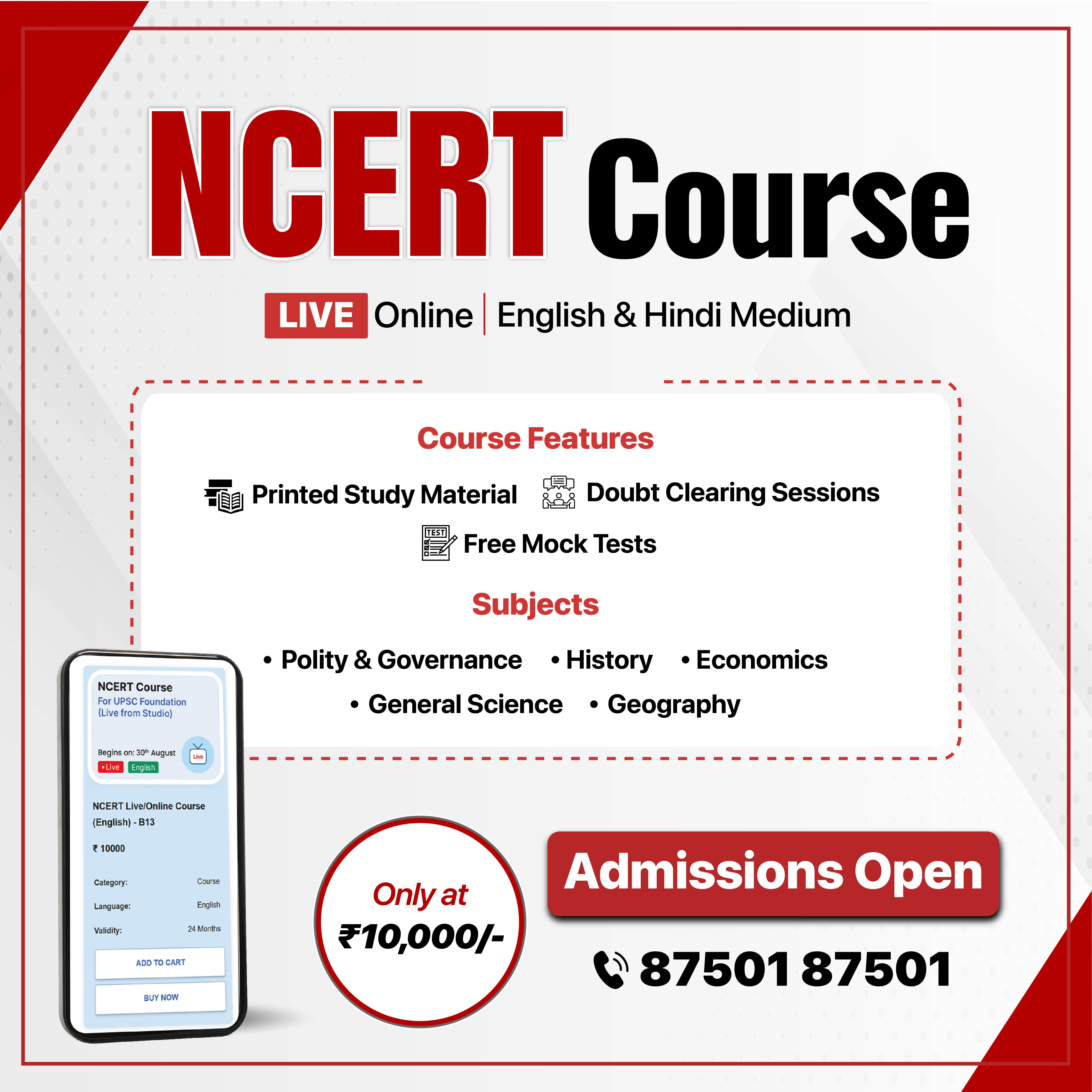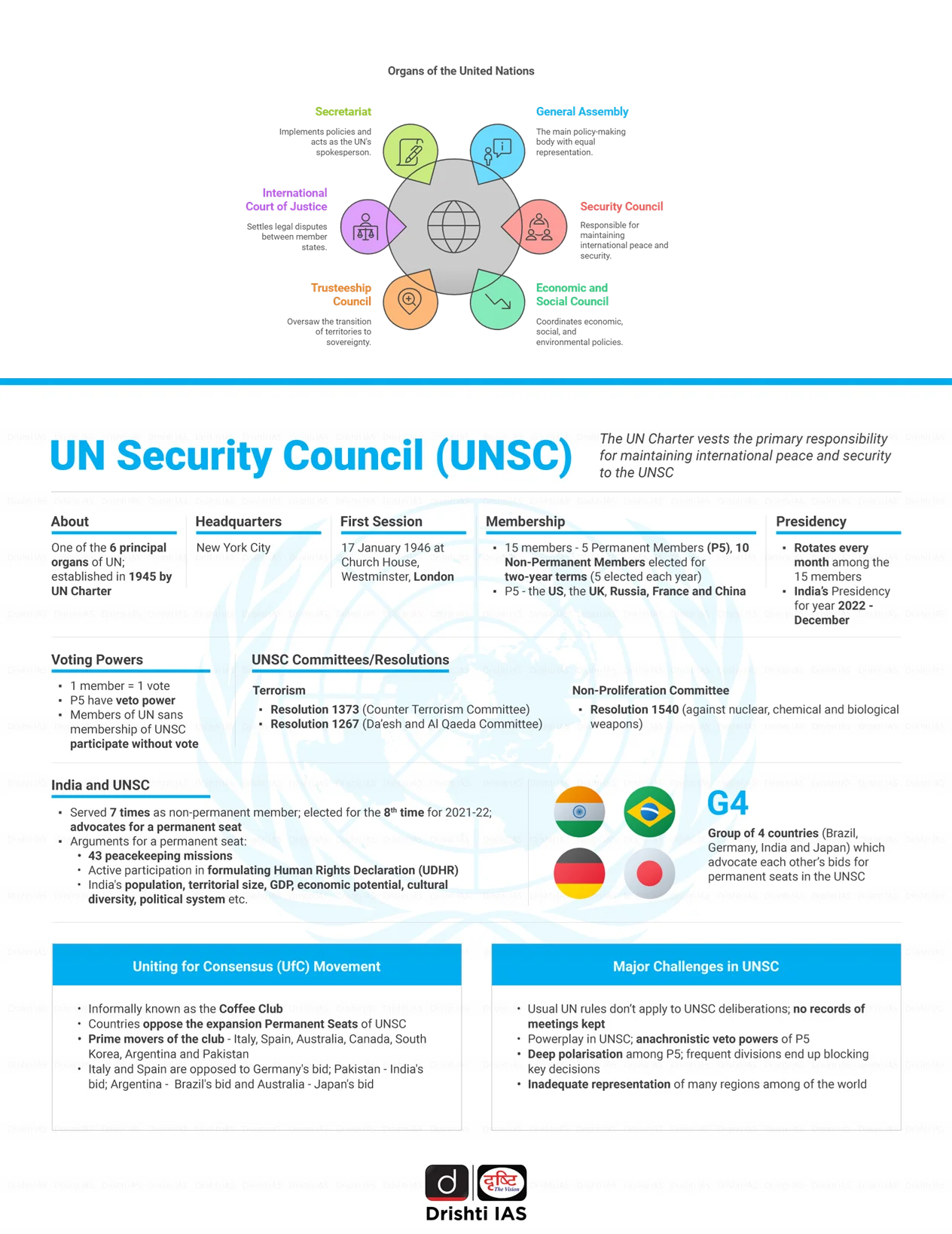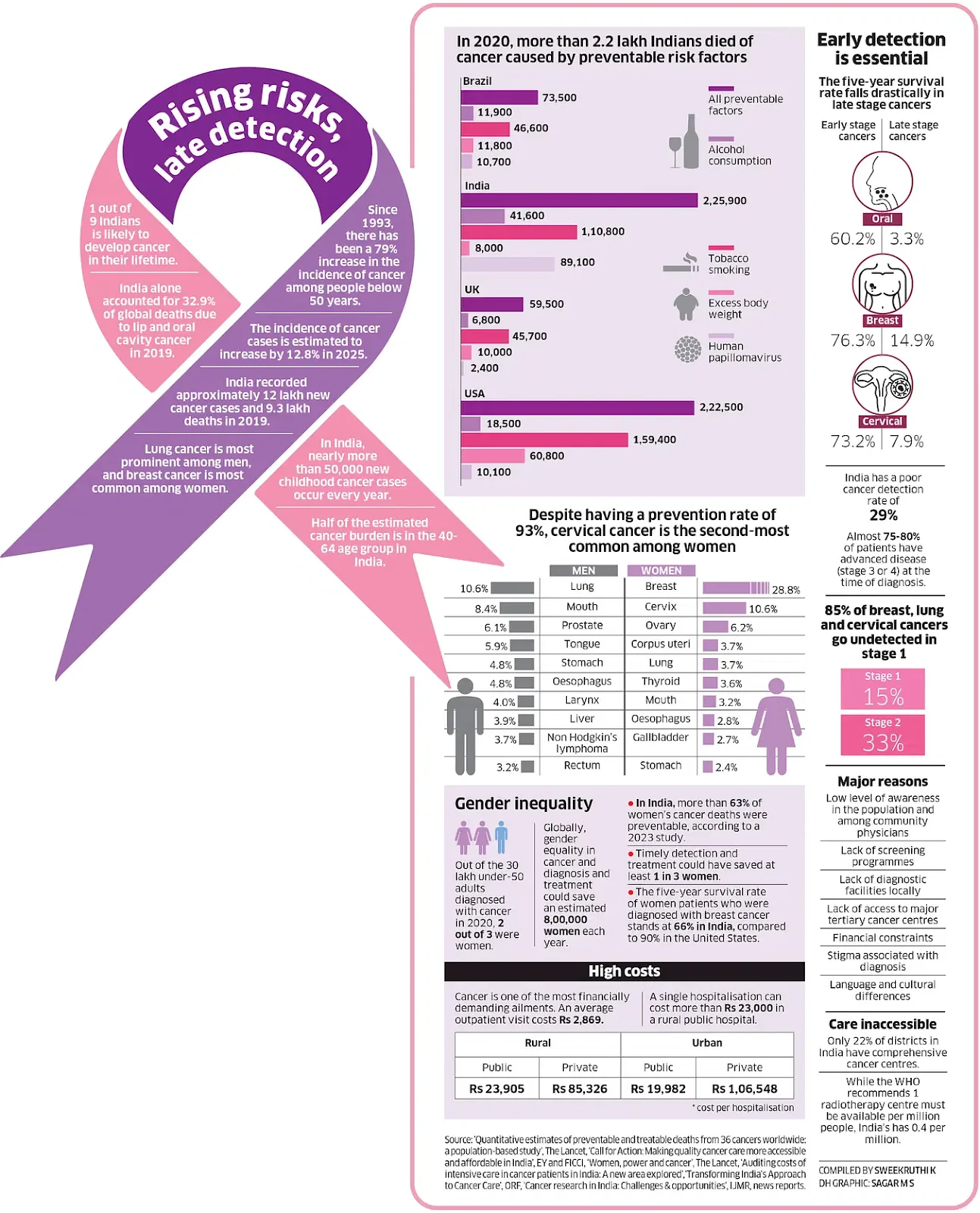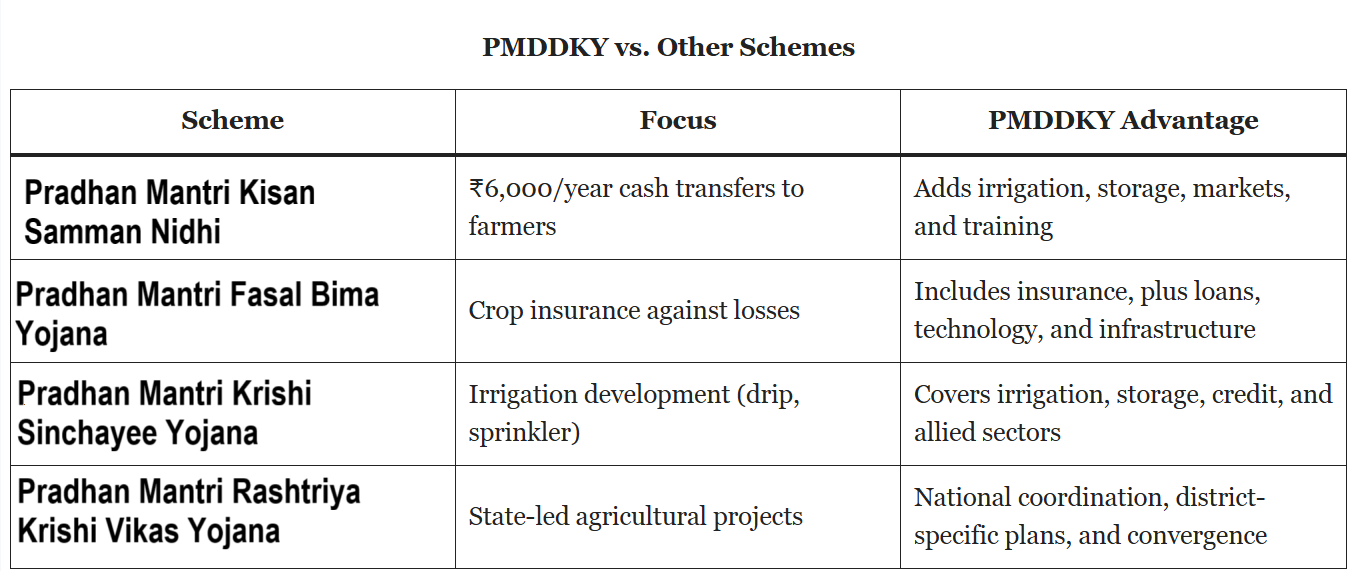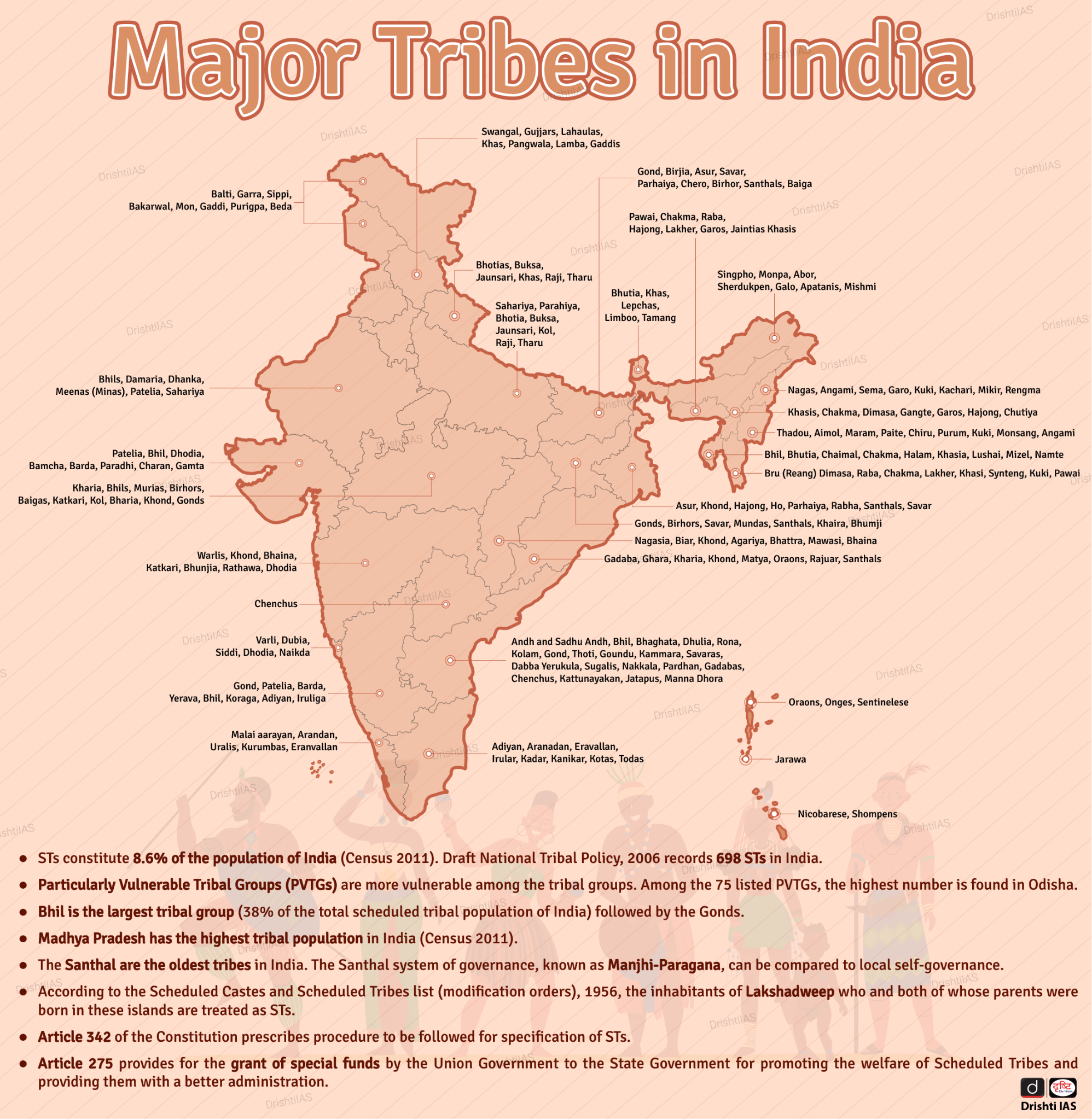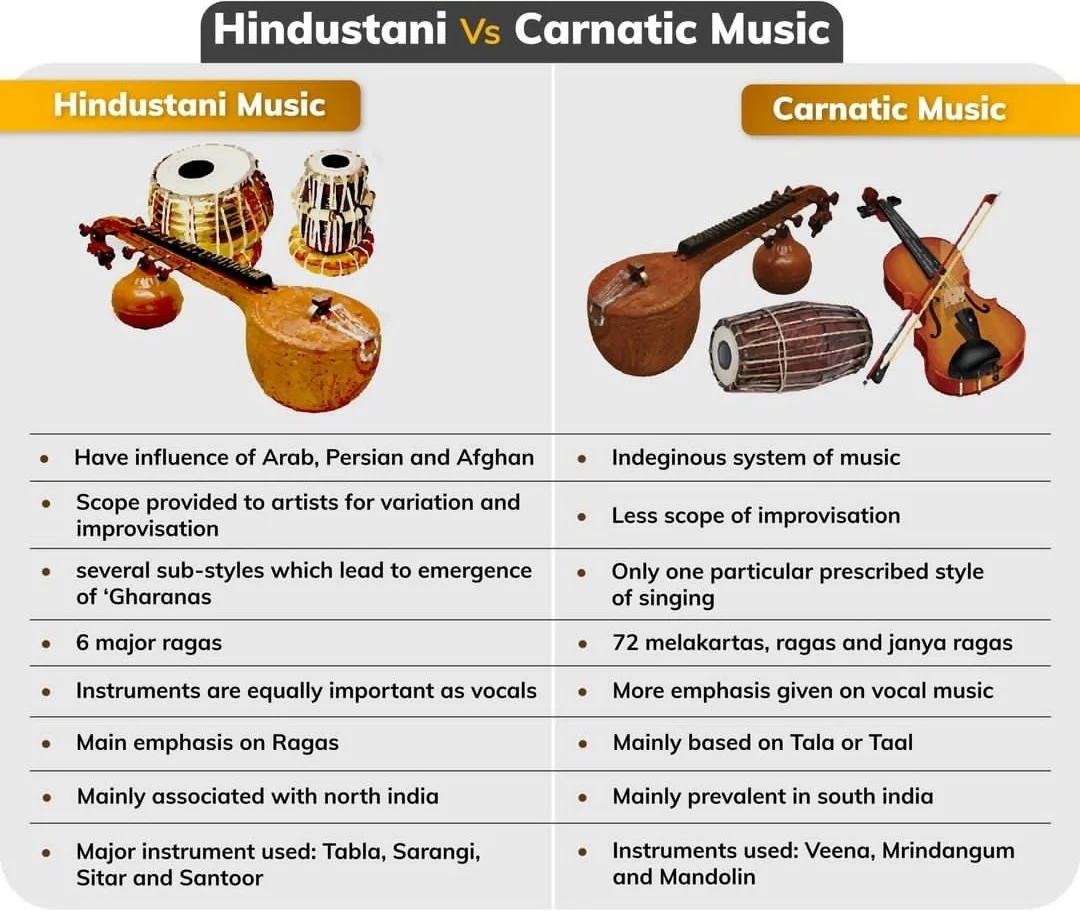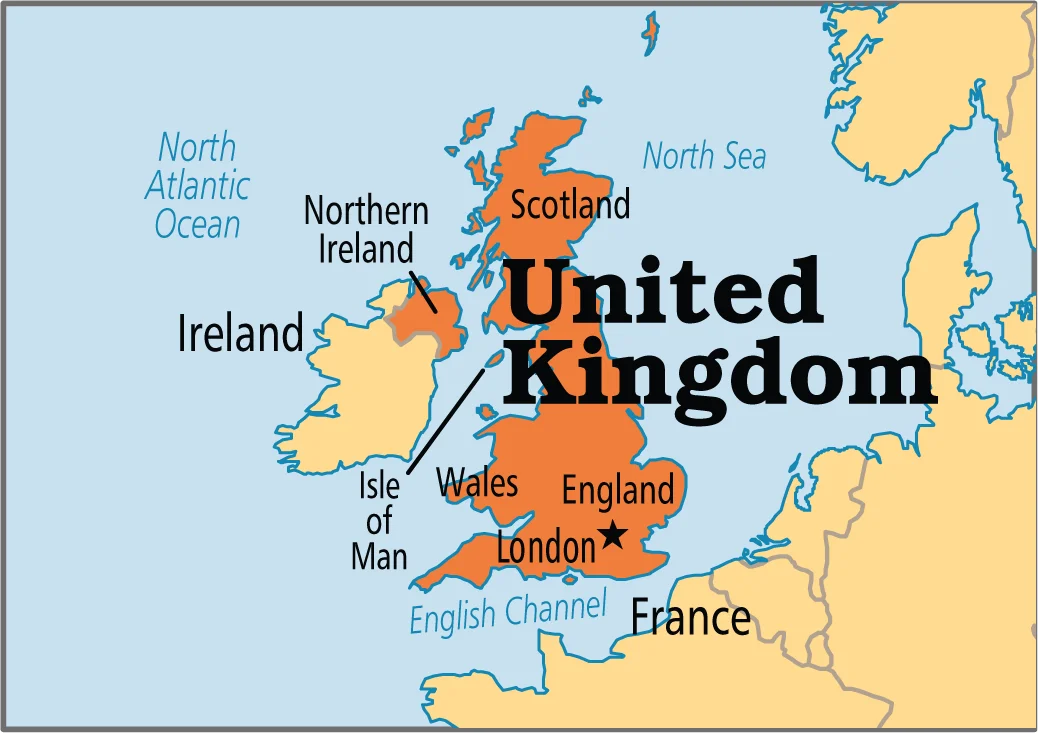International Relations
India Calls for UN Reforms at 80th UNGA Session
For Prelims: United Nations General Assembly, G20, BRICS, African Union, Intergovernmental Negotiations
For Mains: UN Structure and Functioning, Challenges Confronting the United Nations, Role India can Play in Driving UN Reforms
Why in News?
India’s External Affairs Minister addressed the 80th session of the United Nations General Assembly (UNGA) in New York, highlighting the need for UN reform and India’s readiness to assume greater responsibilities in driving UN reforms.
What is the Need for UN Reforms?
- Gridlock in Decision-Making: The UN often faces paralysis in decision-making due to conflicts, limited resources, and terrorism.
- The veto power held by the five permanent members (P5) allows a single nation to block resolutions, even if the majority supports them, as seen with Russia in Ukraine and the US on Israel-related resolutions.
- Outdated and Unrepresentative: The UN Security Council reflects the geopolitical realities of 1945, not the 21st century.
- Rising powers like India, Brazil, Germany, and Japan lack permanent membership, while the Global South remains underrepresented, limiting the UN’s legitimacy.
- The UN has struggled to prevent or resolve large-scale conflicts due to internal divisions and weak peacekeeping mandates. Historical failures in Bosnia and Rwanda, and inaction in Syria, Sudan, and Myanmar highlight systemic shortcomings.
- Financial Dependence: Heavy reliance on a few major donors, especially the US, creates leverage for influencing UN policies and operations, compromising impartiality and global trust.
- Administrative Issues: The UN’s sprawling bureaucracy slows responses to crises and suffers from corruption, misuse of funds, and misconduct.
- For instance, the United Nations Development Programme (UNDP) reported 434 new investigations, including procurement fraud and sexual misconduct, undermining credibility.
- Erosion of Sovereignty: Some nations perceive the UN as a threat to sovereignty, arguing that resolutions on climate change, human rights, or immigration can override national interests.
- This criticism challenges the UN’s authority and global acceptance.
- Competing Global and Regional Institutions: The rise of organizations like the G20, BRICS, and African Union provides alternative, often more agile platforms for international cooperation, bypassing the UN and further highlighting the need for reform.
What Role Can India Play in Driving UN Reforms?
- Security Council Expansion: As a member of the G4 group (India, Brazil, Germany, Japan), India advocates increasing UNSC membership, with six new permanent seats for Africa, Asia-Pacific, Latin America, and Western Europe.
- This addresses the anachronistic P5 structure and aligns representation with 21st-century geopolitics.
- Advocating for the Global South: India, as a leader of developing nations, can push for reforms prioritizing the interests of the Global South by highlighting key issues like sustainable development, climate justice, and equitable economic growth.
- Promoting Multilateralism: India can act as a voice of reason in an era of great-power competition, promoting diplomacy over conflict.
- India’s neutral stance, favoring negotiation over military action, underscores its role in peaceful conflict resolution. With a legacy in UN peacekeeping, India strengthens its claim for a greater voice in UN decision-making.
- Strengthening Counter-Terrorism Frameworks: Having faced terrorism firsthand, India can lead efforts to strengthen the UN counter-terrorism framework, advocate for a comprehensive international convention on terrorism, and ensure accountability for states sponsoring or harboring terrorist groups.
- Leveraging Historical Credibility and Contributions: India’s track record in decolonization, human rights, anti-apartheid efforts, peacekeeping, and international cooperation adds legitimacy to its leadership role in UN reforms.
- Showcasing Global Leadership and Soft Power: Initiatives like the International Day of Yoga, adopted with support from 177 member states, reinforce India’s capacity to build consensus and promote multilateral cooperation.
What Steps can Ensure Effective and Inclusive Reforms at the UN?
- Text-Based Negotiations: Move from broad “dialogue” to text-based negotiations under the Intergovernmental Negotiations (IGN) process, with clear deadlines and negotiation rounds. Prevent stalling via procedural foot‑dragging.
- Reform or Limit Use of Veto: Introduce binding restrictions on veto use in situations involving genocide, war crimes, or crimes against humanity.
- Mandate that veto exemptions require supermajority or referral to the General Assembly.
- Link Membership with Contributions & Burden Sharing: Reform assessment scales and privileges to ensure countries contributing significantly to UN peacekeeping, humanitarian aid, or development get proportional representation.
- Uphold the “capacity to pay” principle while rewarding credible contributors with greater institutional voice.
- Improve Accountability, Transparency & Decision-Making Efficiency: Revamp voting rules in key UN bodies to prevent procedural deadlock.
- Publish performance reviews, audits, and decision‑impact assessments for major programs.
- Institutionalize “Voice of the Global South” via New Mechanisms: Create permanent forums or caucuses in UN organs for Global South coordination, so they can negotiate as blocs.
- Strengthen coalition platforms like the G4 or African Union in UN decision-making.
- Leverage Coalitions to Build Momentum: Use forums outside the UN (G20, BRICS, NAM, IBSA) to generate consensus pressure for UN reform. Mobilise support from middle powers and small states to isolate veto-resistance.
- Guarantee Safeguards Against Dominance & Free Riding: Include “clawback” or sunset clauses for new privileges if misuse or dominance is observed.
- Ensure reform proposals are anchored in the UN Charter so they can’t be arbitrarily reversed.
- Continuous Review & Adaptation Mechanisms: Establish periodic review (say every 10 years) of governance structures, with mandated adjustments.
- Form a permanent “UN Reform Commission” with rotating membership to propose updates in light of changing geopolitics.
Conclusion
For the UN to remain relevant in the 21st century, reforms must balance power between historical global powers and emerging nations. Effective, inclusive reforms will not only strengthen global governance but also enhance the legitimacy of the UN in addressing international peace, security, and development challenges.
|
Drishti Mains Question: Critically examine the challenges faced by the United Nations in the 21st century. How can India contribute to addressing these challenges? |
Frequently Asked Questions (FAQs)
1. What is the main purpose of the United Nations?
To maintain international peace and security, promote human rights, and foster socio-economic development globally.
2. Why is UN reform needed?
To address decision-making gridlock, outdated Security Council representation, financial dependence, and inefficiencies in bureaucracy.
3. What is a differentiated veto mechanism in the UN?
A veto override system for resolutions on genocide, war crimes, or crimes against humanity via a supermajority vote in the General Assembly.
4. What role can India play in UN reforms?
Advocating for Security Council expansion, promoting Global South interests, leading counter-terrorism frameworks, and using multilateral diplomacy.
UPSC Civil Services Examination Previous Year Question (PYQ)
Prelims
Q. With reference to the “United Nations Credentials Committee”, consider the following statements: (2022)
- It is a committee set up by the UN Security Council and works under its supervision.
- It traditionally meets in March, June and September every year
- It assesses the credentials of all UN members before submitting a report to the General Assembly for approval.
Which of the statements given above is/are correct? (2022)
(a) 3 only
(b) 1 and 3
(c) 2 and 3
(d) 1 and 2
Ans: (a)
Q. With reference to the United Nations, consider the following statements: (2009)
- The Economic and Social Council (ECOSOC) of the UN consists of 24 member States.
- It is elected by a 2/3rd majority of the General Assembly for a 3-year term.
Which of the statements given above is/are correct?
(a) 1 only
(b) 2 only
(c) Both 1 and 2
(d) Neither 1 nor 2
Ans: (b)
Mains:
Q. What are the main functions of the United Nations Economic and Social Council (ECOSOC)? Explain different functional commissions attached to it. (2017)
Q. Discuss the impediments India is facing in its pursuit of a permanent seat in the UN Security Council (2015)

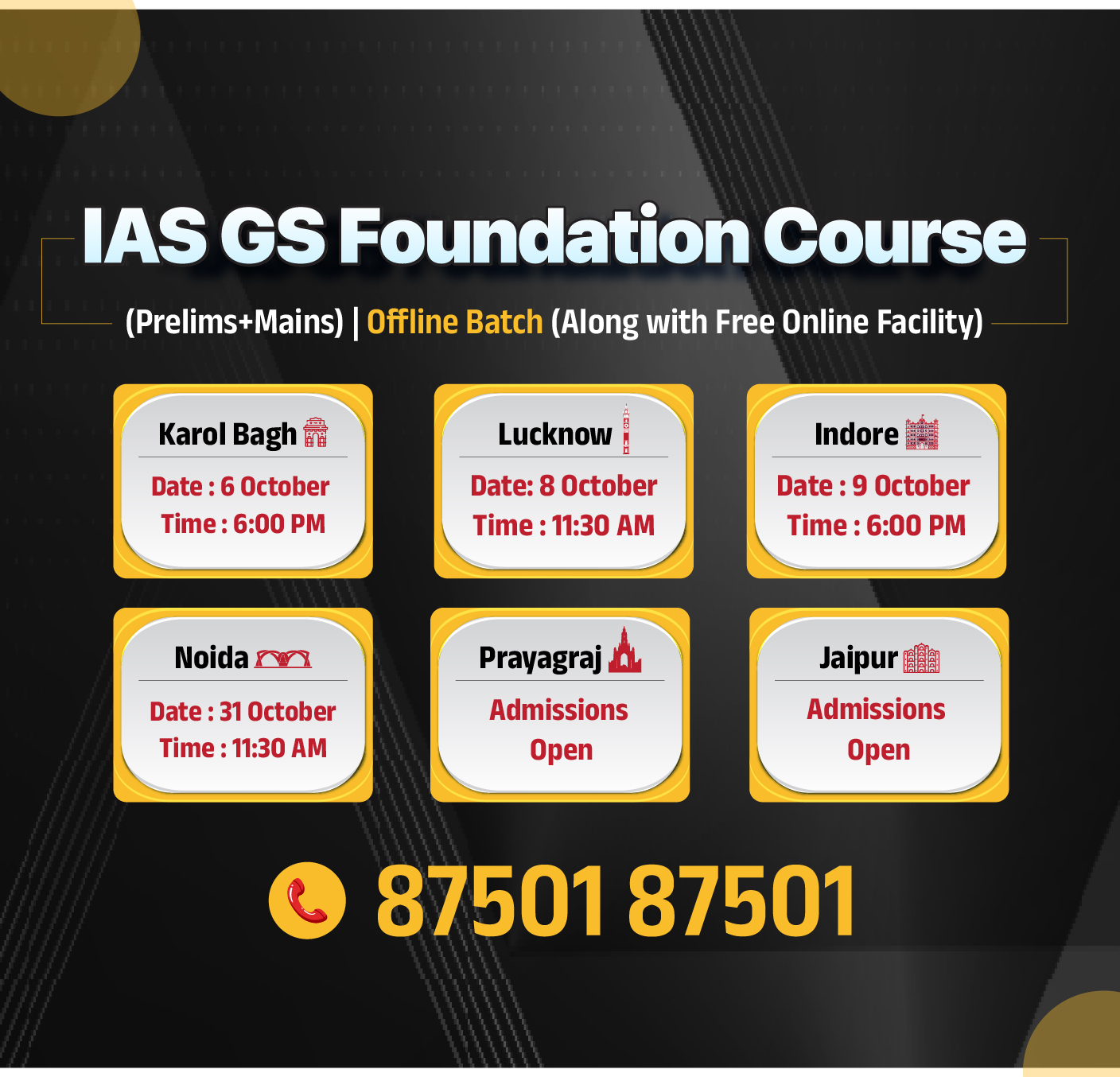
Facts for UPSC Mains
Rising Cancer Burden in India
Why in News?
According to the latest Global Burden of Disease estimates by The Lancet, cancer incidence and mortality are on the rise in India, in contrast to the global trend of decline, with an estimated 15 lakh new cases and over 12 lakh deaths reported in 2023.
What are the Key Findings of the Global Burden of Disease?
- Rising global caseloads: Global cancer incidence declined from 220.6 per 100,000 in 1990 to 205.1 in 2023, and is projected to reach 192.9 in 2025. However, the absolute number of cancer cases and deaths is expected to rise sharply by 2050 due to population growth and aging.
- Trends in Cancer Incidence: India's cancer incidence rate rose from 84.8 (1990) to 107.2 (2023) per 100,000, and the death rate increased from 71.7 to 86.9 per 100,000 in the same period.
- Disproportionate Burden on LMICs: The study warns that low- and middle-income countries (LMICs) like India are projected to account for over half of new cancer cases and two-thirds of deaths.
- Modifiable Risk Factors: Around 42% of global cancer deaths are linked to modifiable risk factors like tobacco, alcohol, unhealthy diets, and infections, with India’s share possibly as high as 70%.
- Future Prediction: It forecasts 30.5 million new cancer cases globally and a 75% increase in deaths to 18.6 million by 2050. In India, the major causes of cancer mortality are breast, lung, oesophagus, oral, cervical, stomach, and colon cancers.
What Factors are Contributing to India’s Growing Cancer Burden?
Mnemonic: CANCER
- C - Changing Demographics (Ageing): Rising life expectancy and population in India increase older adults at cancer risk, raising the total cases even if rates per 100,000 stay stable.
- Longer life expectancy has led to a higher prevalence of non-communicable diseases, including cancer.
- A - Adoption of Unhealthy Lifestyles: High tobacco use, unhealthy diets, sedentary lifestyles, and alcohol consumption in India increase risks of lung, mouth, throat, esophagus, pancreatic, and liver cancers.
- N - National Health System Deficiencies: Late-stage diagnosis (III or IV), shortage of cancer specialists (oncologists), radiotherapy machines, and catastrophic health expenditure lead to delayed treatment, poor outcomes, and higher cancer deaths.
- C - Carcinogenic Environmental Exposure: High outdoor air pollution (PM2.5, Class I carcinogen), indoor air pollution from solid fuels, and industrial and chemical exposure increase the risk of lung cancer.
- E - Economic Hardship from Treatment: The high cost of cancer treatment—surgery, chemotherapy, and radiotherapy—limits access to care, causing many to delay or skip treatment, which increases cancer cases and deaths.
- R - Rising Infection-Linked Cancers: Infections contribute significantly to cancer burden, including Human Papillomavirus (HPV) virus (cervical cancer), Hepatitis B and C virus (liver cancer), and H. Pylori (stomach cancer).
India's Initiatives for Cancer Control
What Measures can India Adopt to Address India’s Growing Cancer Burden?
- Mnemonic: CURE
- C – Control Carcinogens: Strengthening the Cigarettes and Other Tobacco Products Act (2003) and raising tobacco taxes can curb cancer by reducing tobacco use, deterring new users, and generating funds for prevention, awareness, and treatment programs.
- U – Universal Vaccination & Screening: Ensure HPV (cervical cancer) and Hepatitis B (liver cancer) vaccinations, and regulate occupational carcinogens like asbestos and pesticides.
- R – Robust Treatment Infrastructure: Reduce out-of-pocket expenditure by strengthening Ayushman Bharat to cover all cancer care and expand public sector capacity with more Tertiary Care Cancer Centres and advanced oncology departments.
- E – Evidence & Research: Expand National Cancer Registry Programme (NCRP) for accurate cancer data, promote indigenous research, and implement a robust National Cancer Control Plan with clear targets.
|
Drishti Mains Question: Analyse the reasons for the rising cancer burden in India despite global declining trends. |
Frequently Asked Questions (FAQs)
1. What is the current cancer burden in India?
India reported an estimated 15 lakh new cases and over 12 lakh deaths in 2023, with rising incidence and mortality rates despite global declines.
2. What are the primary modifiable risk factors driving India's cancer burden?
Key modifiable risk factors include tobacco use, alcohol consumption, unhealthy diets, and infections (like HPV and Hepatitis), which are estimated to contribute to up to 70% of cancer deaths in India.
3. What are the major national initiatives for cancer control in India?
Initiatives include the National Programme for Prevention and Control of Cancer, Diabetes, Cardiovascular Diseases and Stroke (NPCDCS), National Cancer Grid, National Cancer Awareness Day.
UPSC Civil Services Examination, Previous Year Question (PYQ)
Prelims
Q. With reference to the treatment of cancerous tumours, a tool called cyberknife has been making the news. In this context, which one of the following statements is not correct? (2010)
(a) It is a robotic image guided system
(b) It delivers an extremely precise dose of radiation
(c) It has the capability of achieving sub-millimetre accuracy
(d) It can map the spread of tumour in the body
Ans: (d)
Q. ‘RNA interference (RNAi)’ technology has gained popularity in the last few years. Why? (2019)
- It is used in developing gene-silencing therapies.
- It can be used in developing therapies for the treatment of cancer.
- It can be used to develop hormone replacement therapies.
- It can be used to produce crop plants that are resistant to viral pathogens.
Select the correct answer using the code given below.
(a) 1, 2 and 4
(b) 2 and 3
(c) 1 and 3
(d) 1 and 4 only
Ans: (a)
Mains
Q1. What do you understand about nanotechnology and how is it helping in the health sector? (2020)
Q2. Stemcelltherapy is gaining popularity in India to treat a wide variety of medical conditions including Leukaemia, Thalassemia, damaged cornea and several burns. Describe briefly what stem cell therapy is and what advantages it has over other treatments? (2017)

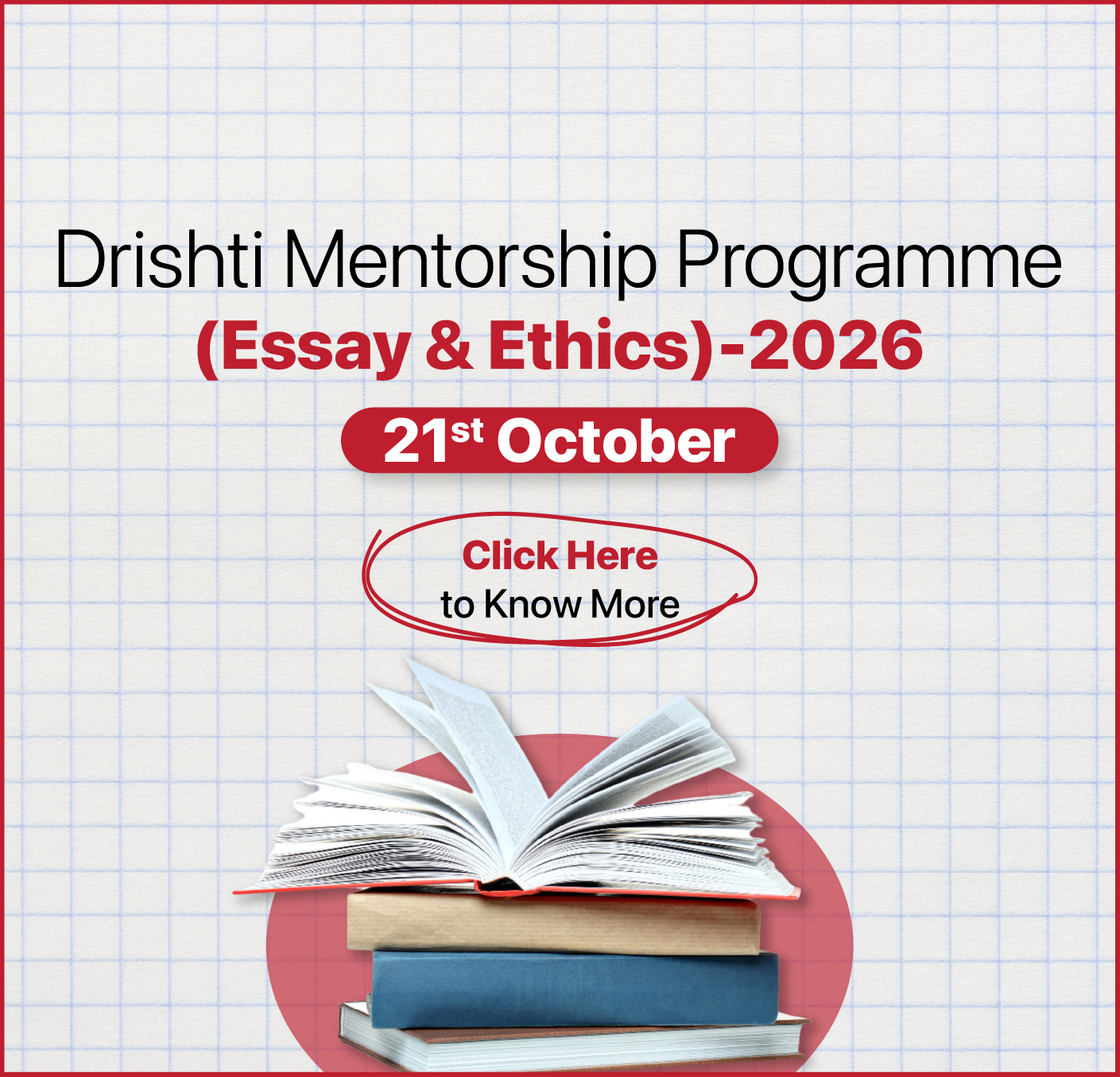
Facts for UPSC Mains
Crime in India 2023 Report
Why in News?
The National Crime Records Bureau (NCRB) released the Crime in India 2023 report showing a 7.2% rise (compared to 2022) in total crimes to over 6.24 million cases.
What are the Key Findings of the Crime in India 2023 Report?
- Overall Crime Trend: A crime was registered every five seconds, with total cases reaching 6.24 million, including a 5.7% rise under the Indian Penal Code (IPC) and a 9.5% increase under Special and Local Laws (SLL).
- The report marks the last year of data under the old IPC, with future reports to be based on the new Bharatiya Nyaya Sanhita 2023.
- Increase in Cybercrimes: Cybercrimes saw the highest spike, rising 31.2%, driven by cheating through personation, while IT Act offences rose 36%.
- Social Crimes: Crimes against women increased slightly by 0.7% to 4.48 lakh, crime against Scheduled Castes (SCs) by 0.4%, while crime against Scheduled Tribes surged by 28.8%, and crimes against children rose 9.2%.
- Henoius and Other Crime: Murder fell by 2.8%, rape decreased by 5.9%, dowry deaths dropped 4.6%, and offences against the State fell 13.2%
- Status of Police and Judicial Efficiency: The charge-sheeting rate for IPC cases slightly improved from 71.3% to 72.7%, but pending investigations rose from 28% to 29.2%.
- The conviction rate for IPC crimes remained at 54%, highlighting the need for stronger prosecution and faster trials.
National Crime Records Bureau
- The NCRB was established in 1986 following recommendations from the Tandon Committee, the National Police Commission (1977–1981), and the MHA Task Force (1985).
- Operating under the Ministry of Home Affairs (MHA), NCRB serves as a central repository of crime and criminal data, aiding investigators in solving cases.
- It also manages and coordinates the Crime and Criminal Tracking Network & Systems (CCTNS) and publishes key reports, including Crime in India, Accidental Deaths & Suicides, and Prison Statistics.
What is Driving the Rising Incidence of Cybercrime in India?
- Massive Internet User Base: India has over 800 million internet users, many being first-time users with low digital literacy, making them vulnerable due to poor cybersecurity awareness.
- Sophistication of Cybercriminals: The NCRB 2023 report reveals a significant shift from traditional violent crimes to technology-driven and economic offences, highlighting the growing professionalization of cybercrime.
- Criminals now rent hacking tools, phishing kits, and botnets, enabling targeted vishing and smishing attacks using leaked personal data
- Cross-Border Nature: Many cybercrimes originate abroad, particularly in Southeast Asia, complicating jurisdiction, investigation, and prosecution for Indian authorities.
- Privacy Deficit: Data breaches and the illegal sale of personal information (Aadhaar, phone numbers, financial records) on the dark web enable highly targeted social engineering attacks.
What is India’s Current Cybersecurity Framework?
- Legislative Measures: Information Technology Act, 2000, Digital Personal Data Protection Act, 2023.
- Institutional Framework: Indian Computer Emergency Response Team (CERT-In), National Critical Information Infrastructure Protection Centre (NCIIPC), Indian Cyber Crime Coordination Centre (I4C), Cyber Swachhta Kendra.
- Strategic Initiatives: Bharat National Cybersecurity Exercise.
|
Drishti Mains Question: Discuss the rising trend of cybercrimes in India and the measures needed for effective prevention. |
Frequently Asked Questions (FAQs)
1. What is the NCRB?
The National Crime Records Bureau (NCRB), established in 1986 under the Ministry of Home Affairs, serves as India’s central crime data repository and publishes key reports like Crime in India.
2. What trends are emerging in India’s crime profile?
There is a shift from violent crimes to technology-driven offences, with increases in cybercrime, fraud, and SLL violations requiring enhanced policing and preventive measures.
3. What is driving the rise of cybercrime in India?
India’s 800+ million internet users, many with low digital literacy, coupled with professionalized cybercriminals, cross-border attacks, and widespread data breaches (Aadhaar, phone, financial records) fuel rising cybercrime.
UPSC Civil Services Examination, Previous Year Question (PYQ)
Prelims
Q.1 In India, under cyber insurance for individuals, which of the following benefits are generally covered, in addition to payment for the loss of funds and other benefits? (2020)
- Cost of restoration of the computer system in case of malware disrupting access to one’s computer
- Cost of a new computer if some miscreant wilfully damages it, if proved so
- Cost of hiring a specialised consultant to minimise the loss in case of cyber extortion
- Cost of defence in the Court of Law if any third party files a suit
Select the correct answer using the code given below:
(a) 1, 2 and 4 only
(b) 1, 3 and 4 only
(c) 2 and 3 only
(d) 1, 2, 3 and 4
Ans: (b)
Q.2 In India, it is legally mandatory for which of the following to report on cyber security incidents? (2017)
- Service providers
- Data centres
- Body corporate
Select the correct answer using the code given below:
(a) 1 only
(b) 1 and 2 only
(c) 3 only
(d) 1, 2 and 3
Ans: (d)
Mains
Q. What are the different elements of cyber security ? Keeping in view the challenges in cyber security, examine the extent to which India has successfully developed a comprehensive National Cyber Security Strategy. (2022)

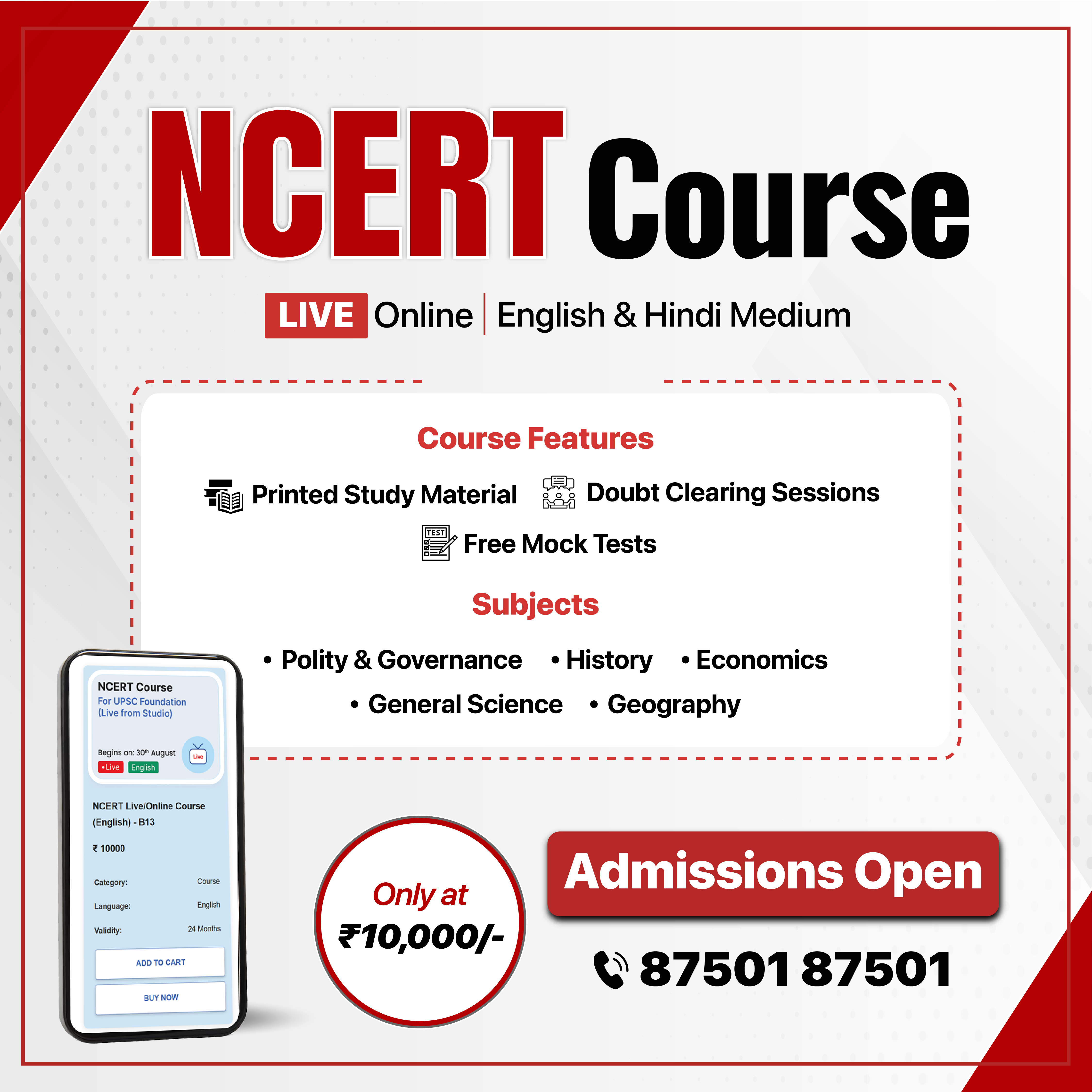
Important Facts For Prelims
Prime Minister Dhan-Dhaanya Krishi Yojana (PMDDKY)
Why in News?
The Centre has announced 100 Aspirational Agriculture Districts under the Prime Minister Dhan-Dhaanya Krishi Yojana (PMDDKY), aiming to boost farm productivity and rural prosperity.
What is the Prime Minister Dhan-Dhaanya Krishi Yojana (PMDDKY)?
- About: The PMDDKY announced in the Union Budget 2025 to make farming easier, modern, and more profitable.
- It is modeled after the NITI Aayog’s Aspirational Districts Programme (ADP), but focused exclusively on agriculture and allied sectors.
- PMDDKY has no separate budgetary allocation, it converges budgets of 36 existing schemes from 11 departments, including Pradhan Mantri Kisan Samman Nidhi (cash transfers), Pradhan Mantri Fasal Bima Yojana (crop insurance), and Pradhan Mantri Krishi Sinchayee Yojna (irrigation) with an annual outlay of Rs 24,000 crore from 2025-26 to 2030-31, totaling Rs 1.44 lakh crore.
- Around 40% is earmarked for subsidies, 30% for infrastructure, 20% for loans, and 10% for training and market support.
- Key Objectives of the Scheme: Enhancing agricultural productivity and farmer income.
- Promoting crop diversification and sustainable farming practices.
- Expanding post-harvest storage and value addition.
- Support women, youth, and allied sectors (e.g., dairy, fisheries, poultry) to diversify income sources.
- Achieve self-sufficiency in foodgrains, pulses and oilseeds to reduce India’s dependence on imports.
- Strengthening irrigation infrastructure and improving access to both long-term and short-term agricultural credit.
- District Selection Criteria:
- Low Crop Productivity: Districts with yields below national averages (e.g., wheat below 3.5 tonnes/hectare or rice below 2.7 tonnes/hectare).
- Moderate Cropping Intensity: Districts with fewer than 1.55 crop cycles per year.
- Low Credit Access: Districts with limited penetration of bank loans or Kisan Credit Cards, often below 30% of farmers in a district.
- Geographic Representation: The selection will consider the share of Net Cropped Area and operational holdings in each state/union territory.
- A minimum of one district will be selected from each state to ensure balanced regional development.
- Implementation: PMDDKY operates under the Ministry of Agriculture and Farmers’ Welfare, each selected district will set up a District Dhan-Dhaanya Krishi Yojana (DDKY) Samiti, chaired by the District Collector, to implement the District Agriculture Development Plan (DADP).
- Coordination will involve local administrations, agriculture departments, and 100 appointed Central Nodal Officers (mostly joint secretaries) to monitor scheme performance.
- Expected Outcomes: PMDDKY is expected to directly benefit 1.7 crore farmers across India, integrating allied sectors like livestock, dairy, and fisheries.
Aspirational Districts Programme
- About: The ADP, launched in 2018, targets 112 underdeveloped districts to improve health, nutrition, education, infrastructure, and economic opportunities.
- 3Cs Framework: Built on the 3C framework, ADP promotes Cooperative as well as Competitive federalism.
- Convergence: Coordination between various central and state schemes.
- Collaboration: Involvement of district, state, and national agencies.
- Competition: Healthy competition among districts to drive development.
- Data-Driven Governance: Progress is tracked using a public platform, the Champions of Change Dashboard, which monitors 49 indicators across five areas.
- The delta ranking system measures progress against each district’s past performance, encouraging continuous improvement.
- Success Stories: Chamba (Himachal Pradesh), achieved 100% tap water coverage and full financial inclusion under PMJDY, and Andhra Pradesh, with two districts ranking in the top 10.
- ADP’s localized, inclusive governance model has gained global recognition, including praise from Singapore, as a replicable approach for empowering communities and strengthening local health systems.
Frequently Asked Questions (FAQs)
1. What is the Prime Minister Dhan-Dhaanya Krishi Yojana (PMDDKY)?
PMDDKY is a government scheme launched in 2025 to improve agricultural productivity, promote crop diversification, and integrate allied sectors in 100 selected aspirational districts.
2. How are districts selected under PMDDKY?
Districts are chosen based on low productivity, moderate cropping intensity, and limited credit access, ensuring balanced representation across all states and UTs.
3. What is the role of the District Dhan-Dhaanya Krishi Yojana (DDKY) Samiti?
The DDKY Samiti, chaired by the District Collector, implements the District Agriculture Development Plan (DADP) and coordinates with local administrations, agriculture departments, and Central Nodal Officers.
UPSC Civil Services Examination, Previous Year Question (PYQ)
Prelims
Q. Under the Kisan Credit Card scheme, short-term credit support is given to farmers for which of the following purposes? [2020]
- Working capital for maintenance of farm assets
- Purchase of combine harvesters, tractors and mini trucks
- Consumption requirements of farm households
- Post-harvest expenses
- Construction of family house and setting up of village cold storage facility
Select the correct answer using the code given below:
(a) 1, 2 and 5 only
(b) 1, 3 and 4 only
(c) 2, 3, 4 and 5 only
(d) 1, 2, 3 and 4
Ans: (b)
Mains
Q. Mention core strategies for the transformation of aspirational districts in India and explain the nature of convergence, collaboration and competition for its success (2018)
Q. Given the vulnerability of Indian agriculture to vagaries of nature, discuss the need for crop insurance and bring out the salient features of the Pradhan Mantri Fasal Bima Yojana (PMFBY). (2016)

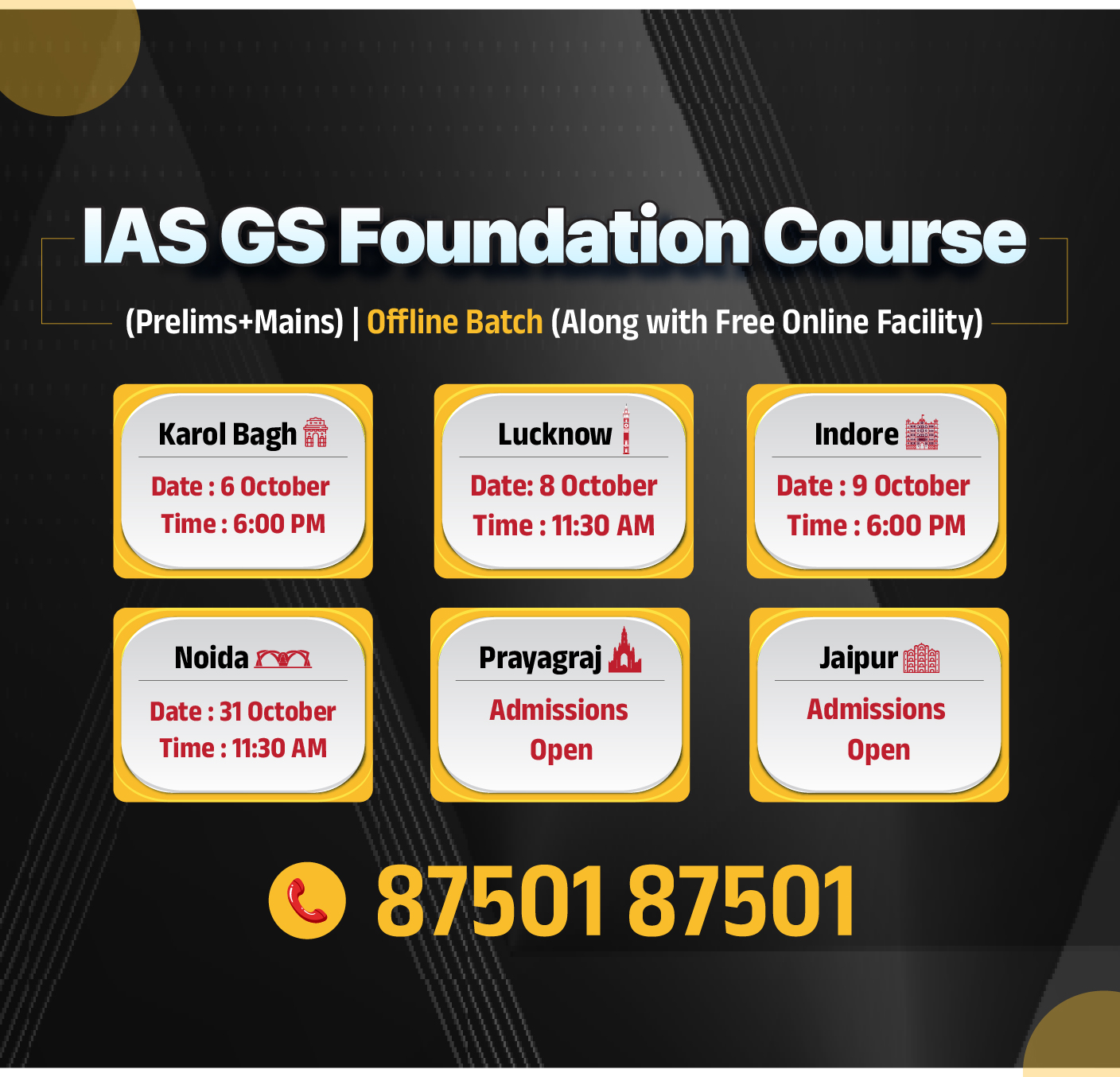
Rapid Fire
Tribal Village Vision 2030
On 2nd October 2025, tribal villages across India formally adopted the Tribal Village Vision 2030 Declaration through Special Gram Sabhas, outlining local development priorities aligned with Viksit Bharat@2047.
- The Government of India has also declared 15th November 2024 to 15th November 2025 as Janjatiya Gaurav Varsh.
- As part of this celebration, the Ministry of Tribal Affairs launched (on 17th September 2025) the Adi Karmayogi Abhiyan, envisaged as the world’s largest tribal grassroots leadership mission, reaching over 11.5 crore tribal citizens across 1 lakh villages & tolas in 30 States/UTs.
Tribal Village Vision 2030 Declaration
- Tribal Village Vision 2030 is a landmark grassroots initiative, under which special Gram Sabhas in tribal villages and hamlets adopted their own Vision 2030 Declarations.
- These declarations are community-crafted blueprints for development in areas like education, health, infrastructure, and livelihoods.
- Key features include:
- Community-Led Development: Transect Walks, Focused Group Discussions (FGDs), and Gap Analysis to identify local needs.
- Village-Level Goals: Education, health, livelihoods, financial inclusion, and infrastructure.
- Integration with Schemes: PM JANMAN, Dharti Aaba Janjatiya Gram Utkarsh Abhiyan 2.0, and other programmes.
- Institutional Mechanism: Adi Sewa Kendras as single-window citizen service centres; villagers contribute 1-hour weekly voluntary service.
- Tech-Enabled Governance: AI-powered Adi Vaani App for real-time communication in native languages.
| Read More: National Conference on Adi Karmayogi Abhiyan |

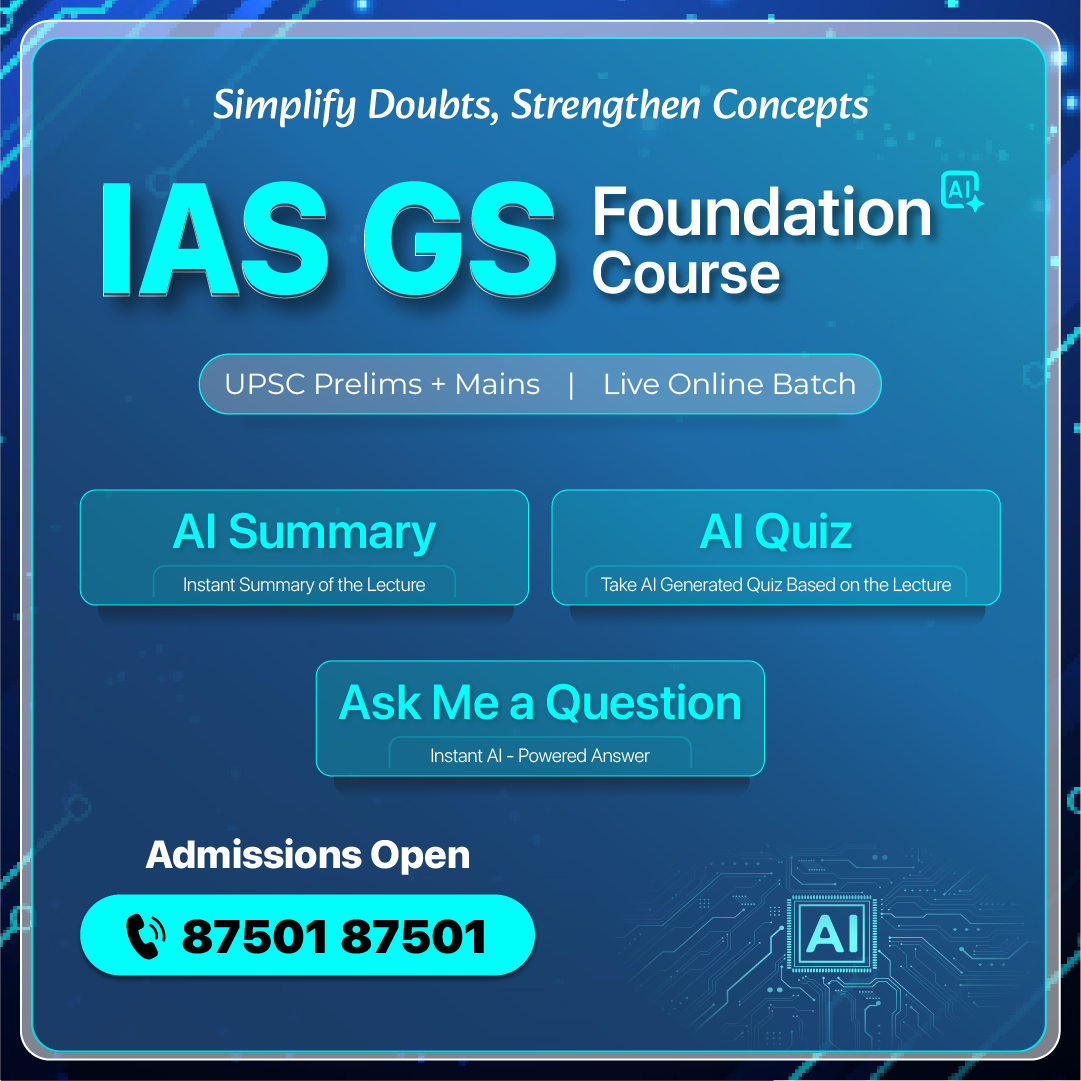
Rapid Fire
India’s First Cooperative Compressed Biogas Plant
Union Home Minister and Minister of Cooperation inaugurated India’s first cooperative multi-feed Compressed Biogas (CBG) plant in Kopargaon, Maharashtra.
- The plant will produce 12 tons of CBG daily and 75 tons of potash from jaggery/molasses, reducing imports.
- Compressed Biogas (CBG): It is a renewable fuel produced from biomass and organic waste (agricultural residue, cattle dung, sugarcane press mud, sewage) via anaerobic decomposition (breakdown of organic matter by bacteria in the absence of oxygen).
- Properties: Similar calorific value (amount of energy released on complete combustion) to CNG. CBG can replace CNG in automotive, industrial, and commercial sectors.
- CBG Benefits:
- Eco-Friendly: Cleaner alternative to fossil fuels, supporting India’s target of net zero emissions by 2070.
- Waste Management: Converts organic waste into fuel, reducing pollution and promoting a circular economy.
- Energy Security: Reduces oil imports and increases the share of natural gas in India’s energy mix (currently ~6%, targeted 15% by 2030).
- India’s Initiatives:
- SATAT (Sustainable Alternative Towards Affordable Transportation) Scheme: Aims to produce CBG by utilizing 62 Million Metric Tonnes of annual waste, thereby reducing import dependence, generating jobs, and lowering vehicular emissions and pollution.
- National Cooperative Development Corporation (NCDC): Plans to support 15 sugar mills via NCDC for CBG and potash units.
|
Feature |
CBG (Compressed Biogas) |
CNG (Compressed Natural Gas) |
|
Source |
Produced from biomass and organic waste. |
Extracted from fossil fuels (natural gas fields) |
|
Environmental Impact |
Eco-friendly, reduces air pollution (e.g., stubble burning), utilizes waste, supports circular economy |
Cleaner than petrol/diesel but fossil fuel-based, contributes to greenhouse gas emissions if not captured efficiently. |
|
Dependence on Imports |
Can be produced domestically from local biomass, reducing import dependence |
Import dependency in the case of natural gas was at 50.8% in FY25, increasing foreign dependence |
|
Commercial Viability |
Supports rural employment and renewable energy initiatives |
Conventional energy source, limited scope for rural livelihood creation |
| Read more: India's Green Future through BioCNG |

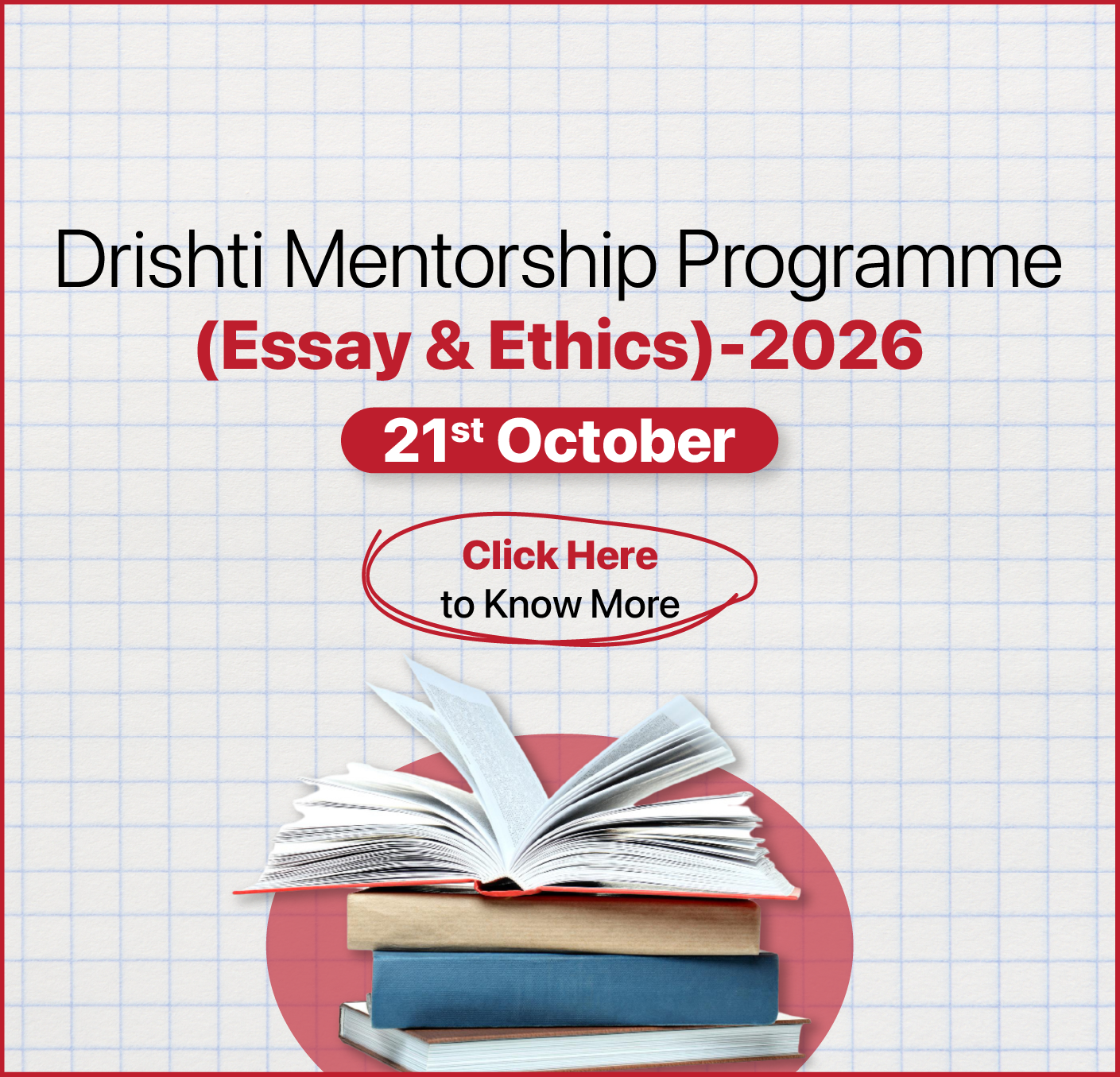
Rapid Fire
Pandit Chhannulal Mishra: Thumri Maestro Passes Away
Pandit Chhannulal Mishra, the legendary Hindustani classical vocalist and doyen of the Banaras Gharana, has died, leaving behind a rich legacy in semi-classical forms like Thumri, Dadra, Chaiti, and Kajria.
- Renowned for his mastery of the Purab Ang style of Thumri, he was honoured with the Padma Bhushan in 2010 and the Padma Vibhushan in 2020.
Thumri
- About: Thumri, a semi-classical music form of North India, emerged in the 19th century under Nawab Wajid Ali Shah’s patronage and is celebrated for its emotional depth, melodic beauty, and expressive storytelling.
- After Awadh’s fall in 1856, its center moved to Banaras, gaining a spiritual and devotional tone (Radha-Krishna theme).
- Distinct Feature: Emphasizes bhava (emotion) and allows freedom in improvisation, rather than strict adherence to raga rules.
- Influences: Incorporates elements from Hori, Kajri, Dadra, Jhoola, Chaiti, and other folk or semi-classical forms.
- Forms of Thumri:
- Purbi Thumri (Eastern/Slow tempo): Lyrical and deeply emotional, primarily linked with the Banaras Gharana.
- Punjabi Thumri (Fast tempo): Energetic and lively, associated with the Patiala Gharana.
- Major Gharanas: Banaras Gharana, Lucknow Gharana, and Patiala Gharana.
Hindustani Classical Music
- About: Hindustani music, practiced mainly in North India, is one of the two main schools of Indian classical music, the other being Carnatic music from South India.
- Core Features & Styles: It is largely vocal-centric, with Dhrupad and Khayal representing Classical Hindustani, while Thumri, Dhamar, Tarana, Tappa, Qawwali, and Ghazal are Semiclassical Hindustani styles.
| Read More: Hindustani Music |

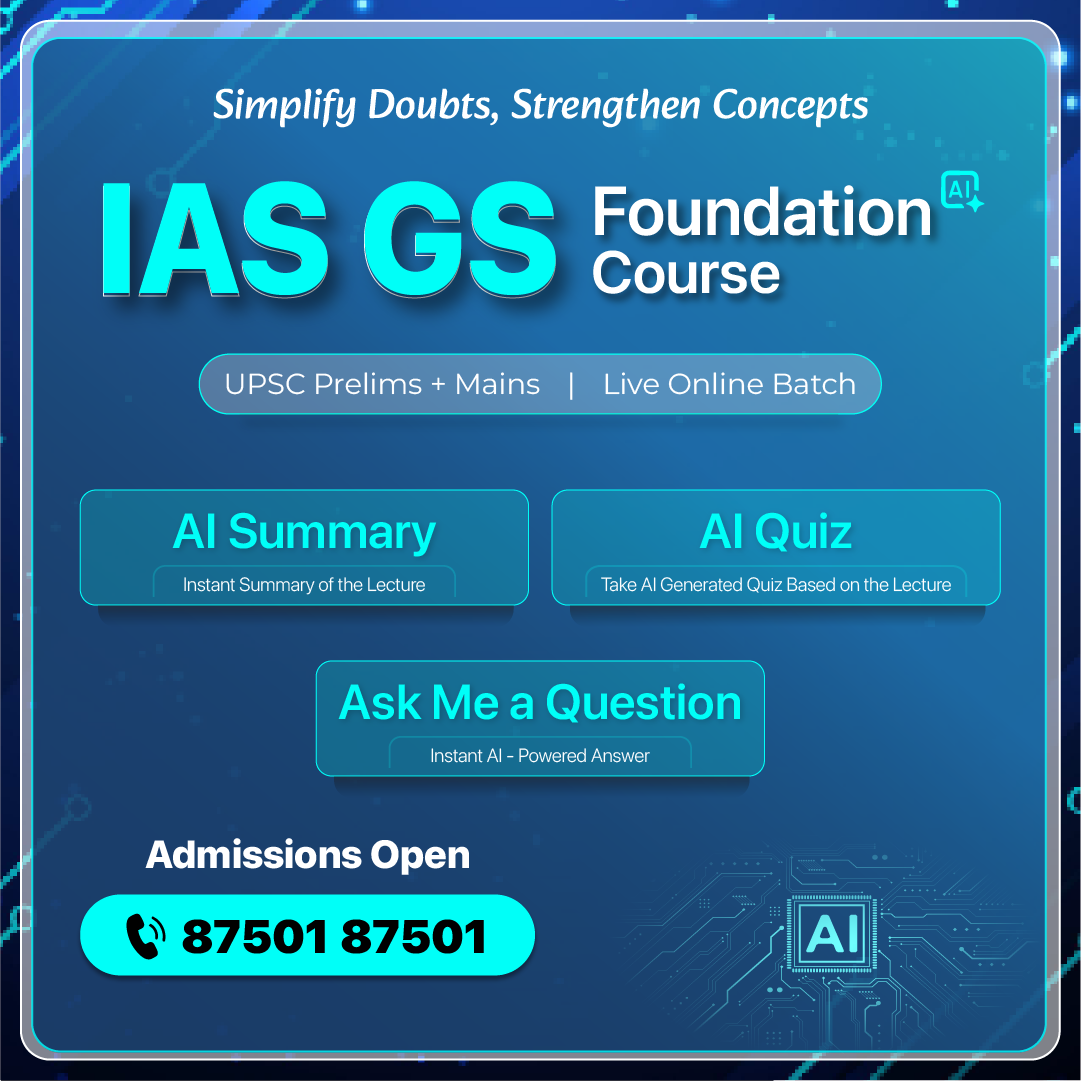
Rapid Fire
Exercise KONKAN 2025
The Indian Navy and the UK Royal Navy have commenced the bilateral Exercise KONKAN-25 off India’s western coast, marking two decades of growing naval interoperability
- Exercise KONKAN: First held in 2004, Exercise Konkan is an annual bilateral maritime exercise.
- The 2025 edition is the first-ever exercise to feature both nations’ Carrier Strike Groups (the UK’s HMS Prince of Wales and India’s INS Vikrant)
- The exercise includes a Harbour Phase with professional exchanges and visits, and a Sea Phase featuring anti-air, anti-surface, and anti-submarine drills with flying operations.
- Strategic Objective: Reinforces the Comprehensive Strategic Partnership under the India–UK Vision 2035, and commitment to a free, open, and secure Indo-Pacific.
- Significance: The exercise consolidates strategic ties, enhances interoperability, and underscores a shared commitment to maritime security.
- Other Exercises Between India and UK: Exercise Cobra Warrior, Exercise Indradhanush (Air Force), AJEYA WARRIOR (Indian Army)
| Read more:India-UK Vision 2035 and CETA |

